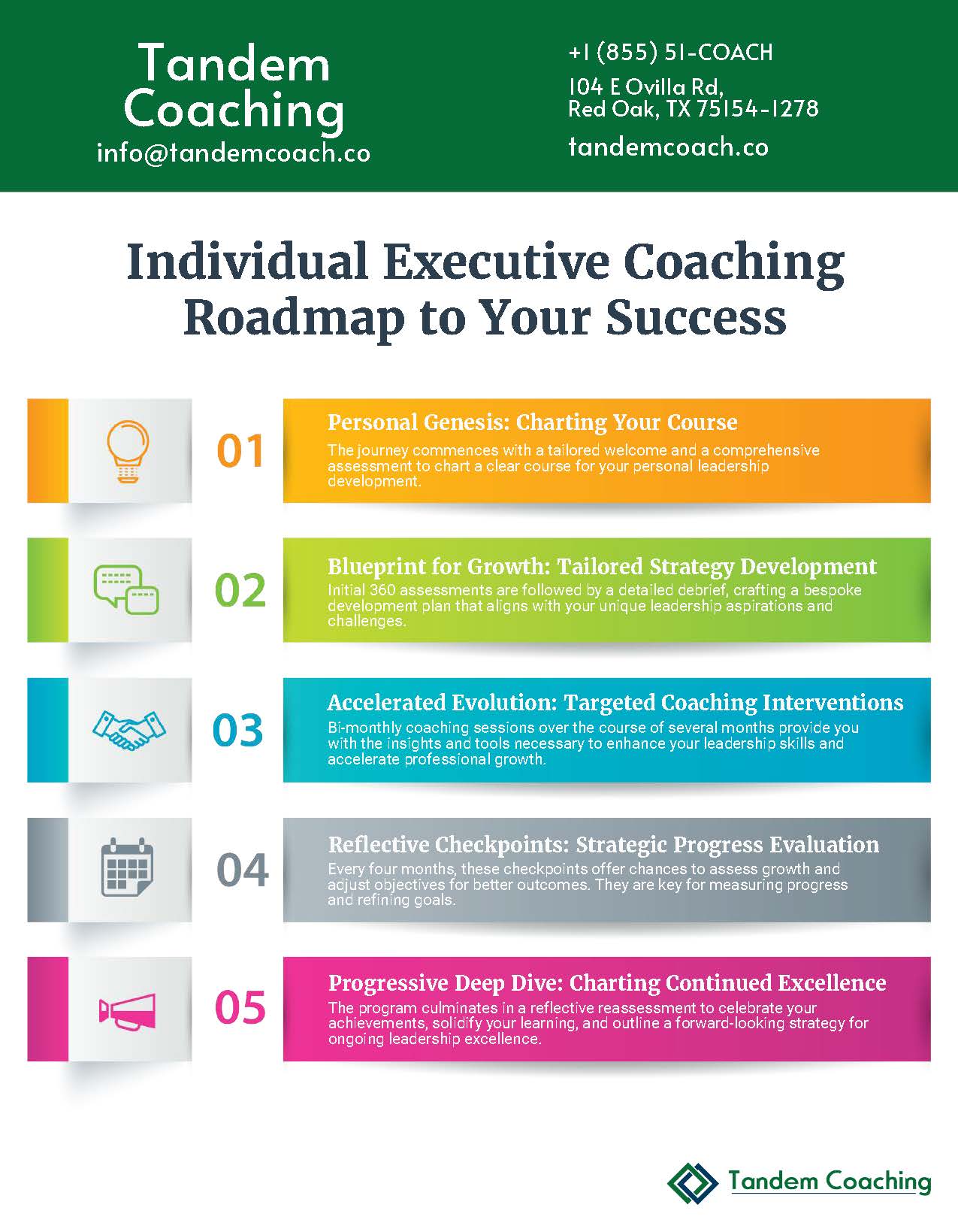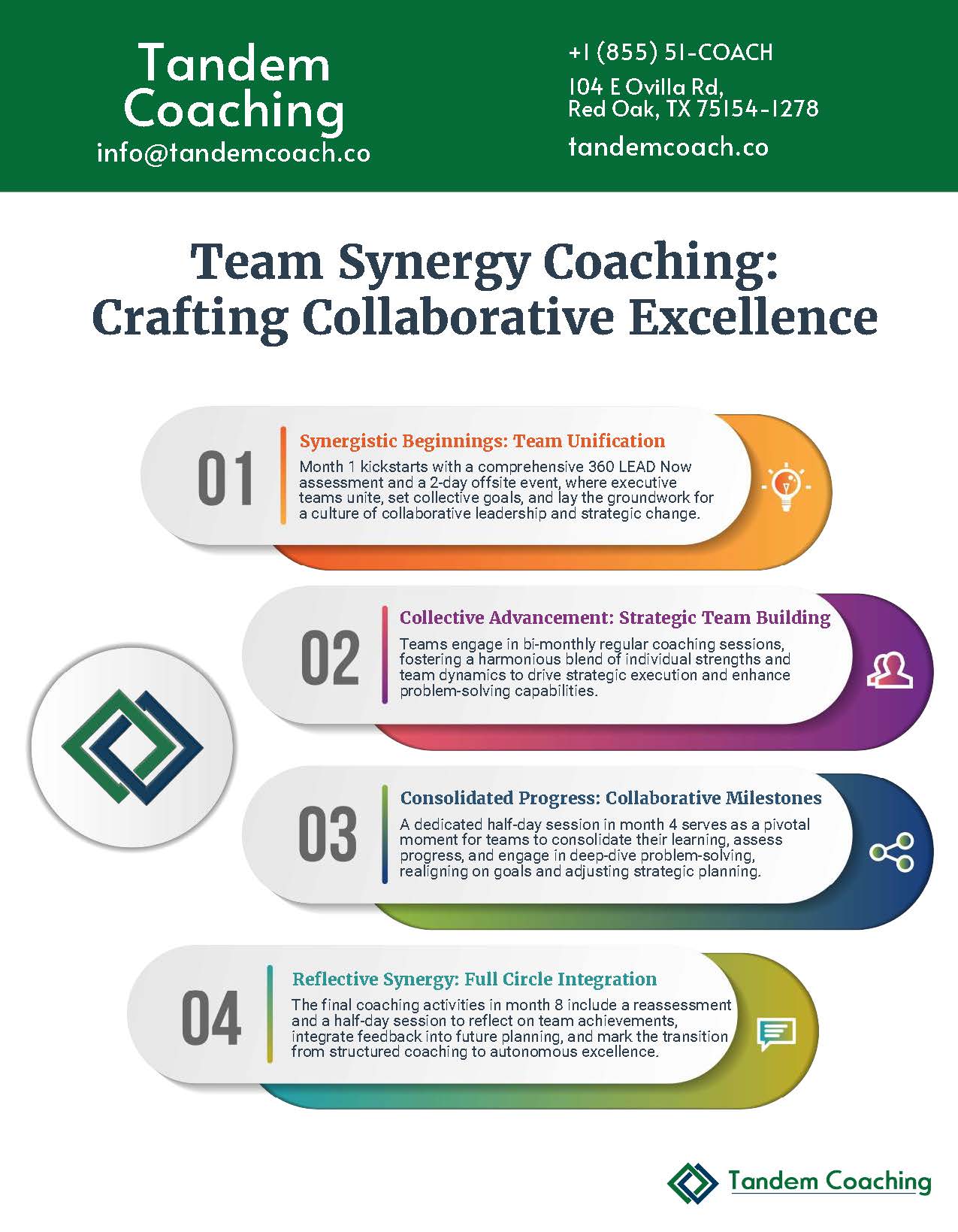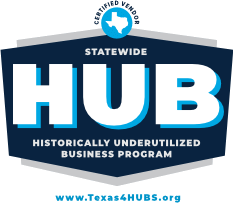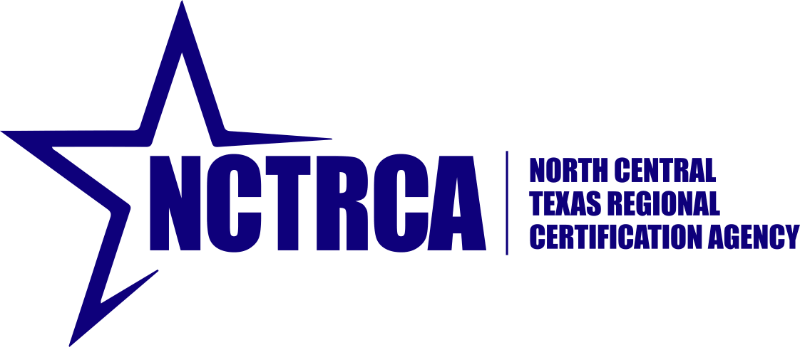TL;DR; Organizations that embrace neurodiversity at the leadership level gain significant competitive advantages in innovation, problem-solving, and talent retention. This comprehensive guide provides actionable frameworks for building inclusive executive cultures that support neurodiverse leaders, including specific strategies for policy development, environmental modifications, and coaching approaches that leverage the unique strengths of neurodiverse thinking.
The Untapped Potential of Neurodiversity in Leadership
As I sat across from a brilliant technology CEO during a coaching session, he shared something that resonated deeply with my own experience: “For years, I viewed my brain’s different wiring as something to overcome or hide. Now I realize it’s actually the source of my most innovative thinking.” This leader, diagnosed with ADHD in his forties, had built a thriving company by leveraging the very traits that had once made traditional corporate environments challenging for him—rapid-fire ideation, pattern recognition across disparate domains, and intense focus on problems that captured his interest.
His story isn’t unique. Throughout my coaching practice, I’ve worked with countless executives whose neurodivergent thinking patterns—whether from ADHD, autism spectrum traits, dyslexia, or other neurological differences—have contributed significantly to their success, often despite organizational cultures that weren’t designed with their brains in mind.
The business world is gradually awakening to the value of neurodiversity, but much of the conversation remains focused on entry and mid-level positions. What’s often missing is a deeper understanding of how neurodiversity manifests in leadership roles and how organizations can create cultures that not only accommodate but actively leverage the strengths of neurodiverse executives.
Understanding Neurodiversity in the Executive Suite
Neurodiversity encompasses the natural variation in human brain function, including differences in how people learn, process information, and interact with the world. This includes conditions like ADHD, autism spectrum, dyslexia, dyscalculia, and others. Rather than viewing these as deficits to be fixed, the neurodiversity paradigm recognizes them as natural variations that bring both challenges and strengths.
In leadership contexts, neurodiversity often manifests in ways that directly impact executive function, communication styles, decision-making approaches, and strategic thinking. For example:
An executive with ADHD might excel at innovative thinking and crisis management while finding routine operational meetings challenging, as we explored in our article on Leading with ADHD.
A leader with autism spectrum traits might bring exceptional analytical skills and attention to detail while needing different approaches to navigating social dynamics.
A dyslexic CEO might demonstrate outstanding verbal communication and big-picture thinking while requiring support with text-heavy information processing.
What’s crucial to understand is that these differences don’t determine leadership capability—they shape leadership style. When supported appropriately, neurodiverse leaders often bring exceptional strengths to their organizations.
The Business Case for Neurodiversity in Leadership
The value of neurodiversity in leadership extends far beyond inclusion for inclusion’s sake. Research increasingly shows tangible business benefits:
Enhanced Innovation: A 2018 study by Accenture found that companies with inclusive cultures for disabilities (including neurodiversity) were twice as likely to have higher shareholder returns than their peers.
Cognitive Diversity: Research published in the Harvard Business Review demonstrated that teams with cognitive diversity solve problems faster than cognitively similar teams.
Talent Attraction and Retention: Organizations known for inclusive leadership cultures report 5.4 times higher employee retention according to Deloitte research.
Authentic Leadership: Leaders who can bring their whole selves to work demonstrate higher engagement and effectiveness.
As one financial services executive I coached shared: “When I stopped trying to mask my ADHD traits and instead built systems that worked with my natural thinking style, not only did my performance improve, but my entire team became more innovative. They saw that different approaches were valued, and it changed our culture.”
Common Barriers to Neurodiversity in Executive Leadership
Despite the clear benefits, several barriers continue to limit neurodiversity in leadership positions:
1. Outdated Leadership Models
Traditional leadership models often emphasize traits and behaviors that may not align with neurodiverse thinking styles. For example, the expectation that leaders should excel at all aspects of communication, maintain consistent focus across all topics, or process information in standardized ways can create artificial barriers for otherwise exceptional leaders.
2. Lack of Understanding and Awareness
Many organizations simply lack awareness about neurodiversity beyond basic stereotypes. This knowledge gap leads to misinterpretations of behavior and missed opportunities to leverage different thinking styles.
A technology leader I worked with described this challenge: “My board initially interpreted my direct communication style and intense focus on certain topics as ‘lack of executive presence.’ It wasn’t until we had explicit conversations about how my autism spectrum traits influenced my leadership style that they began to see the connection between these traits and my ability to drive technical innovation.”
3. Stigma and Disclosure Concerns
The persistent stigma around neurodiversity creates significant barriers to disclosure. Many executives fear that revealing their neurodivergent status will undermine their authority or advancement opportunities.
4. One-Size-Fits-All Environments and Processes
From physical office designs to meeting structures to communication protocols, many organizational environments are designed with neurotypical executives in mind, creating unnecessary friction for neurodiverse leaders.
5. Limited Access to Appropriate Support
Even when organizations recognize the value of neurodiversity, they often lack the knowledge and resources to provide appropriate accommodations and support for neurodiverse executives.
Building an Inclusive Executive Culture: A Framework for Organizations
Creating an inclusive culture for neurodiverse executives requires a systematic approach that addresses policies, practices, environments, and mindsets. Here’s a comprehensive framework based on my work with organizations across industries:
1. Leadership Commitment and Education
Transformation begins with leadership commitment to understanding and valuing neurodiversity. This includes:
Executive Education: Provide comprehensive education about neurodiversity for board members, C-suite executives, and senior leadership teams.
Visible Advocacy: Identify senior leaders willing to champion neurodiversity initiatives and, when appropriate, share their own experiences.
Metrics and Accountability: Establish clear metrics for measuring progress on neurodiversity inclusion at leadership levels.
One healthcare organization I worked with began by including neurodiversity as an explicit component of their diversity strategy, with the CEO personally sponsoring education sessions for the executive team. This top-down commitment created space for meaningful change throughout the organization.
2. Policy Development and Implementation
Policies provide the foundation for inclusive practices. Key policy areas include:
Recruitment and Advancement: Review executive recruitment, assessment, and promotion processes to identify and remove barriers for neurodiverse candidates.
Disclosure and Accommodation: Develop clear, supportive policies for disclosure and reasonable accommodations that protect confidentiality while ensuring appropriate support.
Performance Evaluation: Ensure performance evaluation systems recognize different working styles and focus on outcomes rather than standardized processes.
A financial services firm revised their executive assessment process to focus on candidates’ demonstrated capabilities and results rather than their performance in high-pressure interview situations that disadvantaged neurodiverse candidates. This simple change significantly expanded their leadership talent pool.
3. Environmental and Operational Adaptations
Physical and operational environments significantly impact neurodiverse executives’ effectiveness. Consider:
Sensory-Friendly Spaces: Create options for different sensory environments, including quiet spaces, lighting options, and acoustic considerations.
Meeting Structures: Develop flexible meeting formats that accommodate different processing and communication styles, such as providing agendas in advance, incorporating visual elements, and allowing for alternative participation methods.
Communication Protocols: Establish clear communication guidelines that accommodate different preferences and needs, such as offering both written and verbal options for important information.
One technology company I consulted with implemented a “meeting menu” approach, where different types of meetings followed different protocols—some emphasized visual collaboration, others structured discussion, and others focused on clear documentation. This flexibility benefited all executives while particularly supporting those with neurodivergent traits.
4. Support Systems and Resources
Appropriate support systems can transform challenges into strengths:
Executive Coaching: Provide access to coaches experienced in working with neurodiverse leaders, as explored in our ADHD Coaching for Executive Success article.
Mentorship Programs: Establish mentorship connections between neurodiverse executives and others with similar experiences.
Administrative Support: Ensure appropriate administrative support that aligns with executives’ specific needs and working styles.
Technology Resources: Provide access to technological tools and systems that support executive function, as detailed in our guide on ADHD Productivity Strategies.
A manufacturing company implemented what they called “executive effectiveness packages”—customizable support resources that all executives could access based on their individual working styles. This universal design approach removed stigma while ensuring neurodiverse leaders received appropriate support.
5. Cultural Transformation
Ultimately, sustainable inclusion requires cultural transformation:
Normalize Difference: Create a culture where different thinking and working styles are openly discussed and valued.
Focus on Strengths: Shift from deficit-based to strengths-based approaches to leadership development.
Psychological Safety: Build psychological safety that allows leaders to be authentic about their needs and challenges.
Continuous Learning: Foster ongoing organizational learning about neurodiversity through communities of practice, speaker series, and resource sharing.
One professional services firm established a “Neurodiversity in Leadership” community of practice where executives could share experiences, strategies, and resources. This peer support network became a powerful driver of cultural change throughout the organization.
Coaching Approaches for Neurodiverse Executives
Executive coaching plays a crucial role in supporting neurodiverse leaders. Effective coaching approaches include:
1. Strengths-Based Assessment and Development
Rather than focusing primarily on challenges, effective coaching begins by identifying and leveraging the unique strengths associated with an executive’s neurodivergent thinking style.
For example, a marketing executive with ADHD I coached discovered that her tendency to make unexpected connections between ideas—sometimes seen as “going off on tangents”—was actually her greatest creative asset when properly channeled. We developed structures that helped her capture these insights productively while maintaining sufficient focus on implementation.
2. Customized Systems and Strategies
Neurodiverse executives benefit from systems and strategies tailored to their specific thinking styles rather than generic approaches. This might include:
Personalized organizational systems that work with rather than against natural tendencies, as detailed in our article on ADHD Organization Skills.
Communication frameworks that leverage verbal strengths while supporting written communication.
Energy management approaches that work with natural attention patterns rather than fighting against them.
Delegation strategies that complement executive function profiles.
A financial executive with dyslexia developed a highly effective visual decision-making framework that allowed him to process complex information in a way that worked with his thinking style, significantly enhancing his strategic capabilities.
3. Environmental Optimization
Coaching often includes helping executives optimize their working environments:
Physical space design that minimizes distractions or sensory overload.
Meeting and communication protocols that support effective engagement.
Administrative support structures that complement executive function needs.
Technology tools and systems that enhance productivity and organization.
One CEO I worked with transformed his effectiveness by redesigning his office layout, implementing specific meeting structures, and developing clear communication protocols with his executive team. These environmental changes allowed his innovative thinking to flourish while addressing potential challenges.
4. Disclosure and Accommodation Strategy
Coaches can help executives navigate the complex decisions around disclosure and accommodations:
When, how, and to whom to disclose neurodivergent status.
Which accommodations would most enhance performance.
How to frame requests in terms of leadership effectiveness.
Legal rights and responsibilities regarding accommodations.
A senior leader in healthcare worked with me to develop a strategic disclosure approach that allowed her to receive appropriate accommodations while maintaining her leadership authority. This thoughtful approach transformed her experience and effectiveness.
5. Leadership Style Authenticity
Perhaps most importantly, coaching helps neurodiverse executives develop authentic leadership styles that leverage their unique perspectives rather than masking them:
Communication approaches that feel natural while meeting organizational needs.
Decision-making processes that capitalize on different thinking patterns.
Team leadership strategies that create space for diverse thinking styles.
Executive presence that balances authenticity with effectiveness.
As one technology executive shared after our coaching work together: “For years, I tried to lead like everyone else, which exhausted me and limited my effectiveness. Now I lead from my strengths, and not only am I more successful, but I’ve created space for others to bring their authentic selves to work too.”
Case Study: Transforming Executive Culture at a Global Technology Firm
To illustrate these principles in action, consider this composite case study based on several organizations I’ve worked with:
The Challenge: A global technology firm recognized that despite their stated commitment to diversity, their executive team remained remarkably homogeneous in thinking style. Innovation was stalling, and they were losing talented leaders who didn’t fit the traditional executive mold.
The Approach: Working with their CHRO and CEO, we implemented a comprehensive transformation:
Assessment: We conducted a thorough assessment of their executive culture, identifying specific barriers to neurodiversity in leadership.
Education: We provided neurodiversity education for the board and executive team, focusing on business benefits and leadership implications.
Policy Review: We revised executive recruitment, evaluation, and advancement policies to remove unintentional barriers.
Environmental Modifications: We implemented flexible meeting structures, communication protocols, and workspace options.
Support Systems: We established executive coaching, mentorship programs, and customizable support resources.
Cultural Initiatives: We launched a “Different Thinking, Better Results” campaign that celebrated cognitive diversity at all levels.
The Results: Within 18 months, the organization saw significant changes:
- Increased disclosure of neurodivergent status among existing executives
- Greater diversity in newly recruited executive talent
- Improved innovation metrics across the organization
- Higher retention of neurodiverse leaders
- Enhanced psychological safety scores in executive team assessments
- Measurable improvements in decision-making quality and speed
As the CEO noted: “We didn’t just become more inclusive—we became more effective. The diversity of thinking styles at our leadership table has transformed how we approach problems and opportunities.”
Neurodiversity Inclusion Self-Assessment for Executive Teams
Use this assessment to evaluate your organization’s current state of neurodiversity inclusion at the executive level. Rate each item on a scale of 1 (Not at all) to 5 (Fully implemented):
Leadership and Strategy
- Our organization explicitly includes neurodiversity in our diversity, equity, and inclusion strategy.
- Our board and C-suite have received education about neurodiversity in leadership.
- We have metrics to track progress on neurodiversity inclusion at leadership levels.
Policies and Practices
- Our executive recruitment and advancement processes accommodate different thinking and communication styles.
- We have clear, supportive policies for disclosure and accommodations at the executive level.
- Our performance evaluation systems focus on outcomes rather than standardized processes.
Environment and Operations
- Our executive workspaces offer flexibility for different sensory and focus needs.
- Our meeting structures accommodate different processing and communication styles.
- We have flexible communication protocols that work for diverse thinking styles.
Support and Resources
- We provide access to coaches experienced in working with neurodiverse leaders.
- We have mentorship or peer support options for neurodiverse executives.
- We offer customizable administrative and technological support for executives.
Culture and Mindset
- Different thinking and working styles are openly discussed and valued in our leadership team.
- We take a strengths-based approach to leadership development.
- Our executive culture demonstrates psychological safety for authentic self-expression.
Scoring:
- 60-75: Leading Practice
- 45-59: Strong Foundation
- 30-44: Developing Approach
- 15-29: Early Stages
- Below 15: Significant Opportunity
Use your results to identify priority areas for development and track progress over time.
The Path Forward: From Accommodation to Advantage
The journey toward truly inclusive executive cultures requires a fundamental shift in perspective—from viewing neurodiversity as something to accommodate to recognizing it as a strategic advantage.
This shift happens when organizations:
Recognize the innovation advantage that comes from diverse thinking styles at the leadership table.
Move beyond stereotypes to understand the unique strengths and challenges of different neurodivergent profiles.
Implement universal design principles that benefit all executives while removing barriers for neurodiverse leaders.
Create psychological safety that allows authentic leadership rather than masking or conformity.
Develop customized support systems that transform potential challenges into distinctive strengths.
As one board chair told me after their organization’s transformation: “We used to unconsciously select for sameness in our executive team. Now we deliberately cultivate difference, and the results speak for themselves.”
Frequently Asked Questions
What is neurodiversity and why does it matter in executive leadership?
Neurodiversity refers to the natural variation in human brain function, including differences in how people learn, process information, and interact with the world. This includes conditions like ADHD, autism spectrum, dyslexia, and others. In executive leadership, neurodiversity matters because different thinking styles bring valuable perspectives to strategic decisions, innovation, and problem-solving. Research shows that cognitively diverse leadership teams make better decisions and drive stronger innovation. Additionally, as organizations seek to build inclusive cultures, acknowledging and supporting neurodiversity at the leadership level sends a powerful message throughout the organization that different thinking styles are valued.
How can organizations identify and support neurodiverse executives?
Organizations should focus on creating environments where disclosure feels safe rather than trying to “identify” neurodiverse executives. This means implementing inclusive policies, providing education about neurodiversity, and establishing clear accommodation processes. Support should include flexible work arrangements, customizable environments, executive coaching options, and administrative support tailored to different working styles. Most importantly, organizations should take a strengths-based approach that recognizes and leverages the unique capabilities that often come with neurodivergent thinking, while providing appropriate support for potential challenges.
What are common barriers to neurodiversity inclusion at the leadership level?
Common barriers include outdated leadership models that prioritize neurotypical traits, lack of awareness about neurodiversity among boards and executive teams, stigma that discourages disclosure, standardized environments and processes that create unnecessary friction, and limited access to appropriate accommodations and support. Many organizations also have recruitment and advancement processes that unintentionally screen out neurodiverse talent, such as emphasizing specific communication styles or using assessment approaches that don’t allow candidates to demonstrate their true capabilities.
How does executive coaching benefit neurodiverse leaders?
Executive coaching provides personalized support that helps neurodiverse leaders leverage their unique strengths while developing strategies for potential challenges. Coaches can help executives create customized systems for organization, communication, and decision-making that work with their natural thinking styles rather than against them. Coaching also supports authentic leadership development, helping executives lead from their strengths rather than trying to conform to standardized leadership models. Additionally, coaches can help with disclosure decisions, accommodation strategies, and building resilience in the face of organizational challenges.
What policies or practices make the biggest difference for inclusion?
The most impactful policies include flexible accommodation processes that don’t require formal diagnosis, recruitment and advancement approaches that focus on capabilities rather than style, and performance evaluation systems that emphasize outcomes over methods. Practical changes like providing meeting agendas in advance, offering multiple communication channels, allowing flexible work environments, and implementing universal design principles in workspaces also make significant differences. Perhaps most importantly, creating a culture of psychological safety where differences are openly discussed and valued enables neurodiverse executives to bring their authentic selves to their leadership roles.
How can DEI and HR leaders champion neurodiversity in the C-suite?
DEI and HR leaders can champion neurodiversity by first educating themselves thoroughly about neurodiversity in leadership contexts. They can then advocate for including neurodiversity explicitly in DEI strategies, provide education for boards and executive teams, review talent processes for unintentional barriers, implement supportive policies, and establish appropriate resources and accommodations. They can also help create communities of practice, identify potential executive champions, and develop metrics to track progress. Most importantly, they can help shift organizational narratives from viewing neurodiversity as a challenge to recognizing it as a valuable source of cognitive diversity and competitive advantage.
Your Next Step: Exploring Neurodiversity in Your Leadership Team
If you’re interested in building a more inclusive executive culture that leverages the strengths of neurodiversity, I invite you to take the first step today. At Tandem Coaching, we specialize in helping organizations and leaders navigate this journey through:
- Executive team assessments and education
- Policy and practice reviews
- Leadership development for neurodiverse executives
- Coaching for executive teams on inclusive leadership
- Customized support strategies for neurodiverse leaders
The organizations that thrive in today’s complex environment will be those that can harness diverse thinking styles at the leadership level. As one client recently told me, “Our neurodiverse executives aren’t just included in our leadership team—they’re often the ones who help us see opportunities and solutions that others miss.”
Schedule a complimentary discovery session to explore how your organization can build a more inclusive executive culture that leverages the full spectrum of thinking styles. During this session, we’ll discuss your specific challenges and opportunities, and determine if our approach aligns with your needs.
The future of leadership isn’t about conformity—it’s about harnessing the power of difference. Let’s build that future together.



Boost Your Leadership Team Success!
Take your leadership team to the next level and achieve great results with our executive coaching.
Learn how our coaching and ASPIRE method can change things for you—get a free brochure to begin your journey.
About the Author
Cherie Silas, MCC
She has over 20 years of experience as a corporate leader and uses that background to partner with business executives and their leadership teams to identify and solve their most challenging people, process, and business problems in measurable ways.



![Best Leadership Development Tools [Top 5 Ranked and Compared]](https://cdn.tandemcoach.co/wp-content/uploads/2024/08/TC-113-1.jpg)











